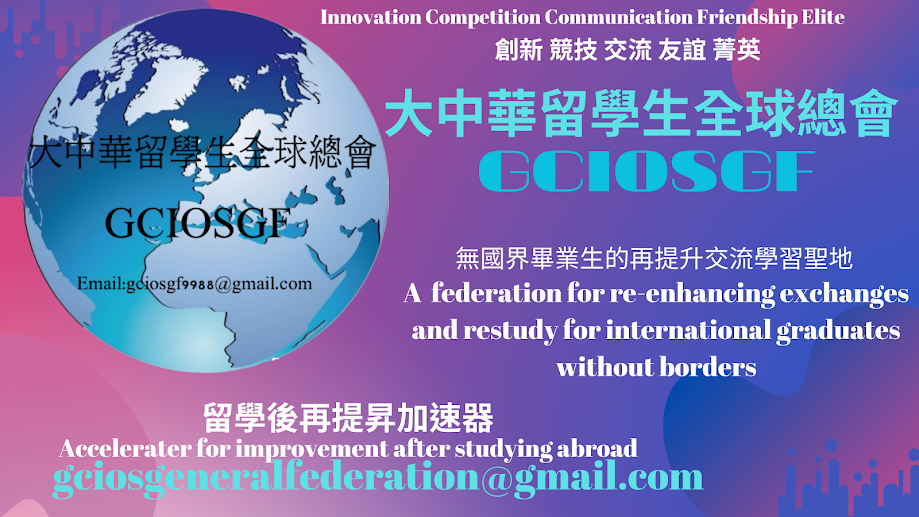GCIOSGF Newsletter 會訊:
Host:WP
Edit: OF
「圈層效應」一詞有多重含義,在商業領域中,它指的是以托馬斯·科洛波洛斯為代表的學者,基於對「Z世代」群體的長期研究,而提出的概念,用於描述Z世代透過共同的愛好、價值觀形成的在線社群,以及這種社群趨勢對商業模式、市場行銷和產品開發的深遠影響,也指城市在區域經濟發展中形成的以城市為中心的層層擴散的結構,以及由類似社會經濟條件的群體通過居住選擇形成的文化現象和社交集群。
商業領域的「圈層效應」
概念來源: 由托馬斯·科洛波洛斯與丹·克爾德森合著的書籍《圈層效應》提出。
研究對象: 「Z世代」(95後)在互聯網環境下形成的圈層化趨勢。
圈層特點: Z世代的圈層具備年齡包容性、在線化、低技術門檻、財富影響力下降、文化跨界和創意思維等特點。
商業影響:
傳統企業難以融入圈層文化,面臨流量轉化困境。
企業需要理解圈層需求,以精準捕捉其價值觀和偏好,才能開發出符合目標客群的產品,並有效傳達品牌理念。
提出逆向導師制、動態學習等創新策略,為企業重構商業模式提供方法論參考。
市場營銷: 強調精準捕捉圈層需求,推動垂直領域的產品或服務成為市場爆款。
城市規劃與經濟學中的「圈層結構理論」
概念起源:: 由德國農業經濟學家馮·杜能提出。
主要觀點:: 城市對周邊區域的促進作用隨空間距離的增加而減弱,區域經濟應以城市為中心,呈圈層狀向外發展。
內涵:: 城市和周圍地區有密切聯繫,城市對區域的影響受「距離衰減律」制約,導致區域形成以建成區為核心的集聚和擴散的圈層結構。
「圈層生活」的概念
概念:: 指由具有相似社會經濟條件和價值觀的群體,通過居住選擇形成的社交集群和文化現象。
傳統淵源:: 繼承了中國傳統文化中「擇鄰而居」的理念。
作用:: 通過聚居形態構建同質化的社交網絡,推動事業資源整合和生活品質提升。
The term "circle effect" has multiple meanings. In the business world, it refers to a concept coined by scholars such as Thomas Koropoulos, based on their long-term research on Generation Z. It describes the online communities formed by Generation Z through shared interests and values, and the profound impact this social trend has on business models, marketing, and product development. It also refers to the city-centered, multi-layered structure that forms in regional economic development, as well as the cultural phenomena and social clusters formed by similar socioeconomic groups through their residential choices.
"Circle Effect" in Business
Source: Introduced in the book "Circle Effect" co-authored by Thomas Koropoulos and Dan Kelderson.
Research Subject: The trend of "circle formation" among Generation Z (those born after 1995) in the internet environment.
Characteristics of Circles: Generation Z's circles are characterized by age inclusivity, online presence, low technical barriers, declining wealth influence, cultural cross-culturality, and creative thinking.
Business Impact:
Traditional companies find it difficult to integrate into the circle culture and face difficulties in traffic conversion.
Companies need to understand the needs of their communities to accurately capture their values and preferences. This is crucial for developing products that align with their target audiences and effectively conveying their brand values.
Innovative strategies such as reverse mentoring and dynamic learning are proposed, providing methodological references for companies reconstructing their business models.
Marketing: Emphasis is placed on accurately capturing the needs of communities to drive vertically defined products or services to market success.
"Circle Structure Theory" in Urban Planning and Economics
Origin: Proposed by German agricultural economist von Thunen.
Key Concept: The stimulating effect of cities on surrounding areas diminishes with increasing distance. Regional economies should develop in a circular pattern, centered around cities.
Connotation: Cities and surrounding areas are closely connected. Their influence on regions is governed by the "distance decay law," resulting in the formation of a clustered and diffused circle structure centered around built-up areas.
The Concept of "Circle Living"
Concept: Refers to the social clustering and cultural phenomenon formed by residential choices made by groups with similar socioeconomic conditions and values. Traditional Origins: This initiative inherits the traditional Chinese concept of "choosing neighbors to live with."
Purpose: This initiative builds a homogenous social network through community living, promoting the integration of business resources and improving quality of life.













沒有留言:
張貼留言